
Worried a compression couch might look cozy but hide potential risks for kids, seniors, or recovering patients?
Compression couches are generally safe when manufactured to certified standards, used as directed, and matched to the user’s age, body type, and health needs.
They offer therapeutic benefits like muscle relief and circulation boost, but their safety depends on material quality, design, and usage guidelines. Let’s break it all down.
What makes a compression couch safe to use?
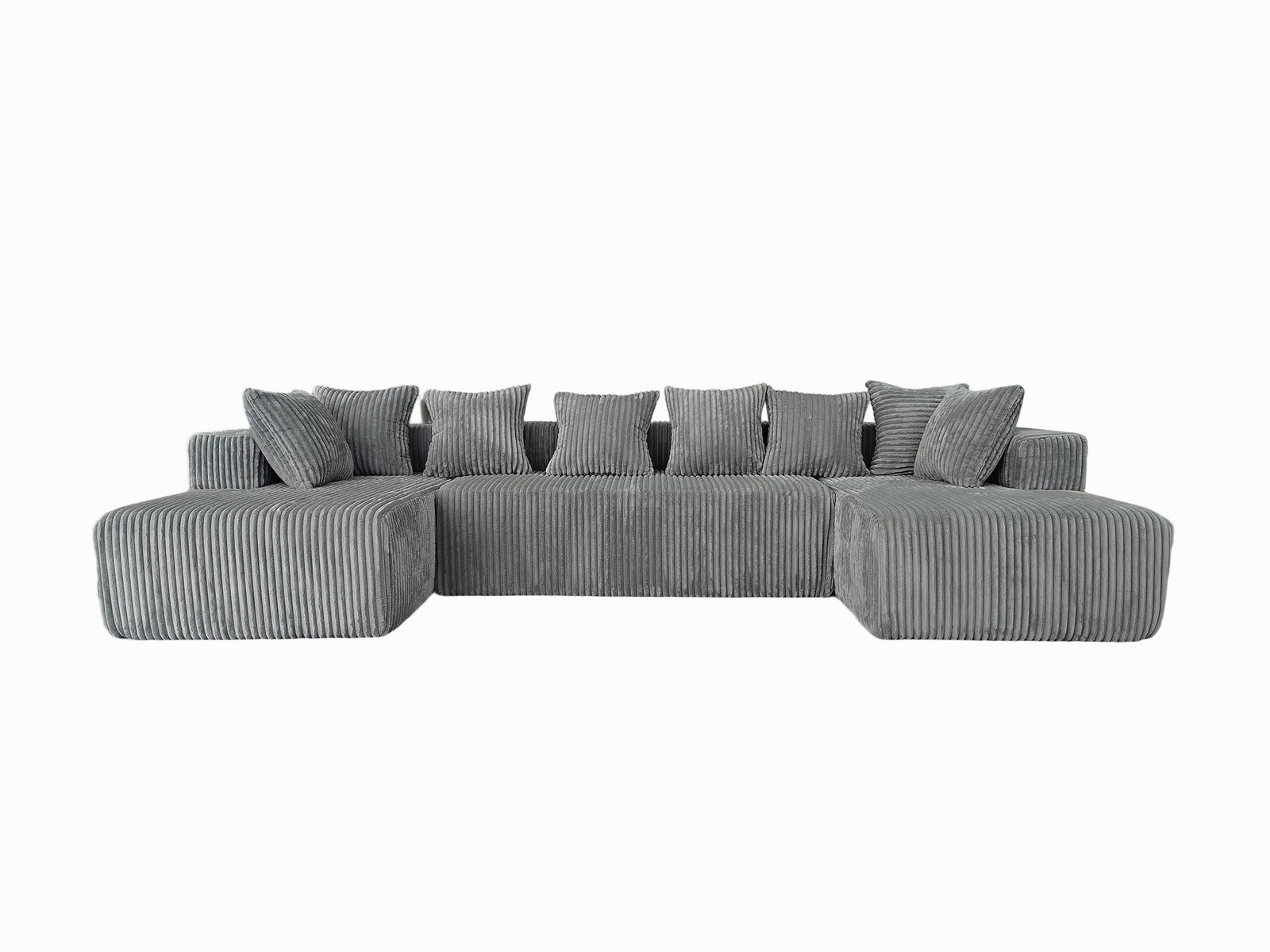
A comfy couch is good. But a safe compression couch? That’s a whole different level.
A safe compression couch uses non-toxic materials, hypoallergenic fabrics, and smart compression systems with built-in controls to avoid overpressure.
Core Safety Features to Look For:
| Feature | Why It Matters |
|---|---|
| Medical-grade foam | Supports body evenly, prevents pressure points |
| Hypoallergenic, breathable fabric | Avoids allergic reactions and overheating |
| Adjustable compression levels | Allows customization for different body types |
| Anti-slip base or cover | Prevents slipping during use |
| Enclosed zippers or velcro | Reduces injury or scratch risk |
For us at HSM, safety starts with structure. We build with high-density foams wrapped in stretch fabric that won’t trap heat or pinch skin. We also make sure all hardware—if any—is child-safe.
Are compression couches tested for safety?
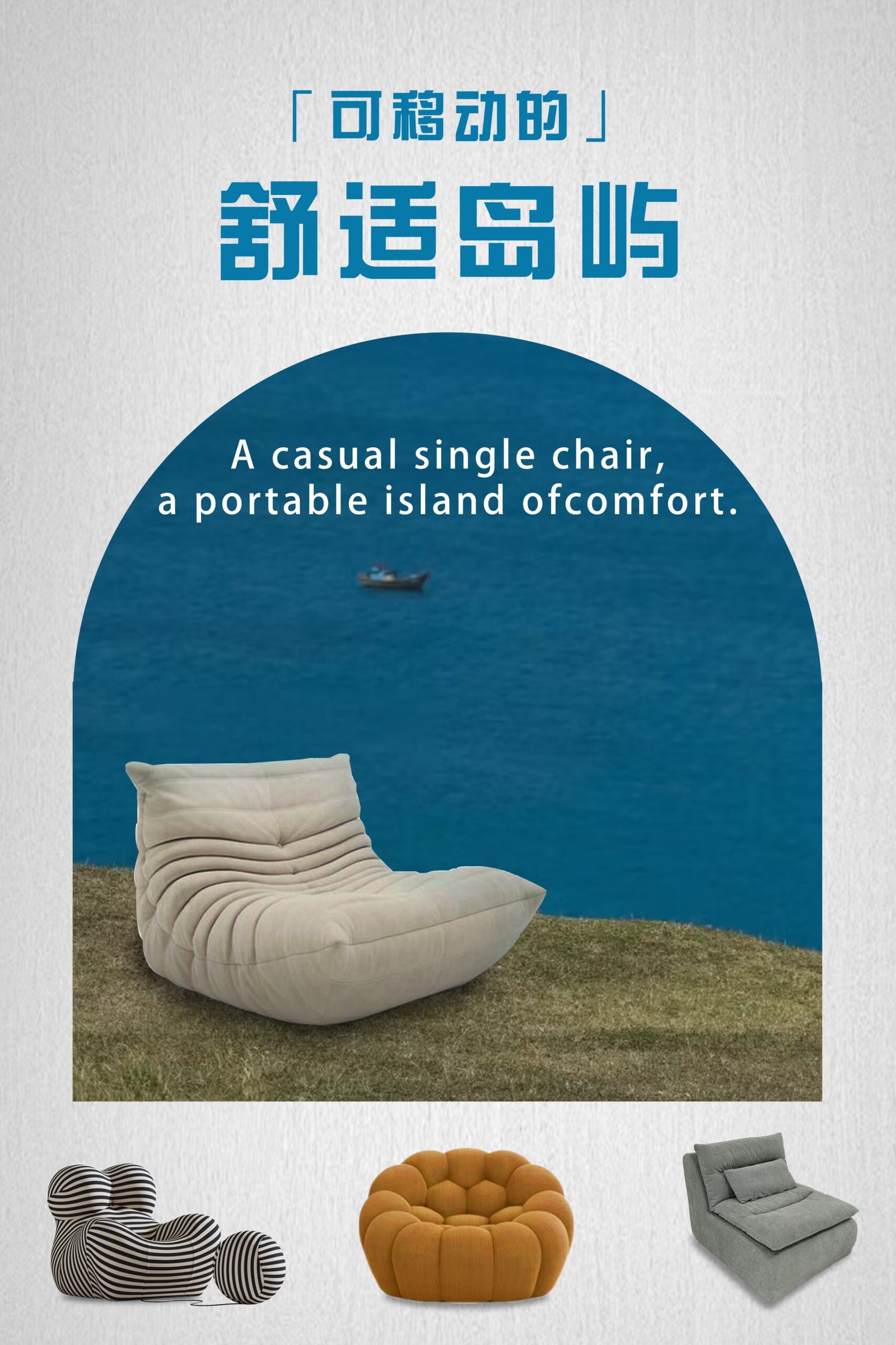
Marketing words like “safe” or “therapeutic” mean nothing without real testing to back them up.
Yes—high-quality compression couches go through physical and chemical safety tests to meet CPSC, ASTM, and sometimes medical-grade standards.
Here are typical testing procedures:
- Toxicity tests: Ensure no harmful chemicals (formaldehyde, phthalates, lead)
- Flammability resistance: Meets CFR Title 16 for indoor furniture
- Load and pressure durability: Couch must withstand 5,000+ pressure cycles
- Skin contact tests: Fabrics must be hypoallergenic and breathable
We recommend checking for certifications like:
- CPSC (Consumer Product Safety Commission – USA)
- EN71 (for European children’s products)
- ASTM F2613 (residential seating standards)
Any compression sofa sold for therapy or child use should show test reports. Don’t be shy—ask the seller!
Are they safe for children and elderly users?

The same sofa that calms an adult athlete might not be ideal for a wiggly toddler or fragile elder.
Yes, compression couches are safe for kids and seniors—if they're correctly sized, have proper supervision, and feature soft, adjustable compression.
Age-Based Safety Tips
| User Group | Risks | Safety Recommendations |
|---|---|---|
| Children (3–10) | Getting stuck, rolling off | Use low height, soft foam, adult supervision |
| Teens (11–17) | Overuse, poor posture | Add usage limits and mix with active seating |
| Seniors (65+) | Skin sensitivity, pressure injury | Use gentle compression and firm support foam |
Always monitor for signs of discomfort, especially during the first few uses.
I’ve had Canadian clients request elder-friendly versions with firmer edges for stability and no zippers—just soft seams all around. Design matters.
What clinical data supports compression couch safety?
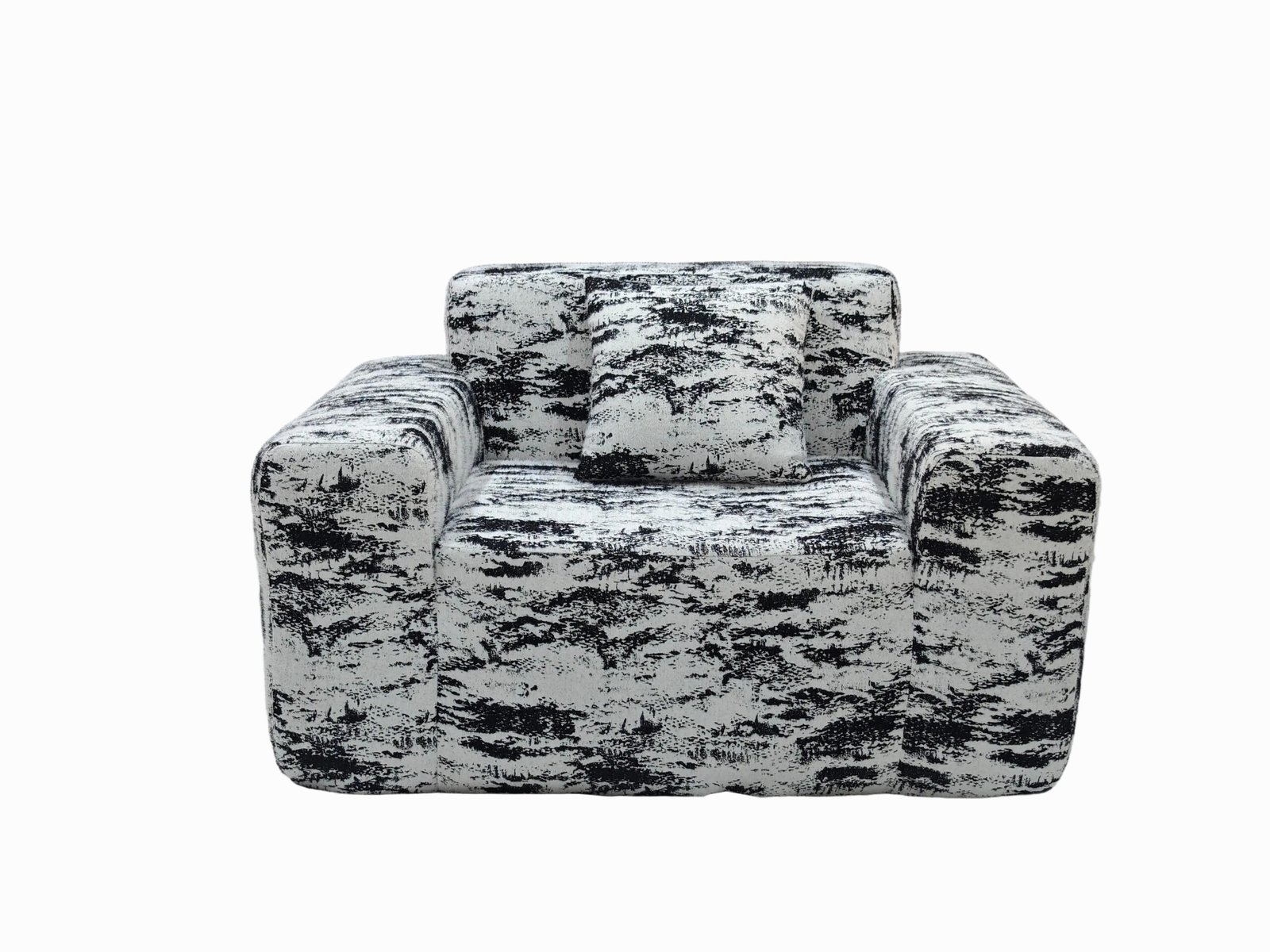
Good safety isn’t just about not breaking—it’s about helping recovery without side effects.
Clinical studies show that compression therapy—when delivered correctly—can enhance circulation, reduce swelling, and relieve muscle soreness without major risks.
One study in The Journal of Sports Medicine showed that athletes using compression devices after training had 28% faster muscle recovery and fewer signs of inflammation.
Another from Rehabilitation Research found that post-surgical patients using compression furniture showed improved range of motion and reduced swelling.
That said, misuse—like over-compression or long, unsupervised sessions—can cause discomfort, especially in vulnerable users.
What are the risks of improper use?

Even the safest tools can turn risky if misused.
Risks include skin irritation, numbness, muscle soreness, or circulation problems—especially with unsupervised or excessive use.
Common Mistakes to Avoid
- Too long sessions: Limit use to 20–60 minutes max
- Incorrect posture: Can cause back strain over time
- Dirty or damaged fabric: Leads to skin breakouts or mold buildup
- Using with pre-existing conditions: Always consult a doctor if in doubt
If your child has sensory issues, autism, or circulatory challenges, consult your therapist before long-term use.
What do real users and experts say about safety?
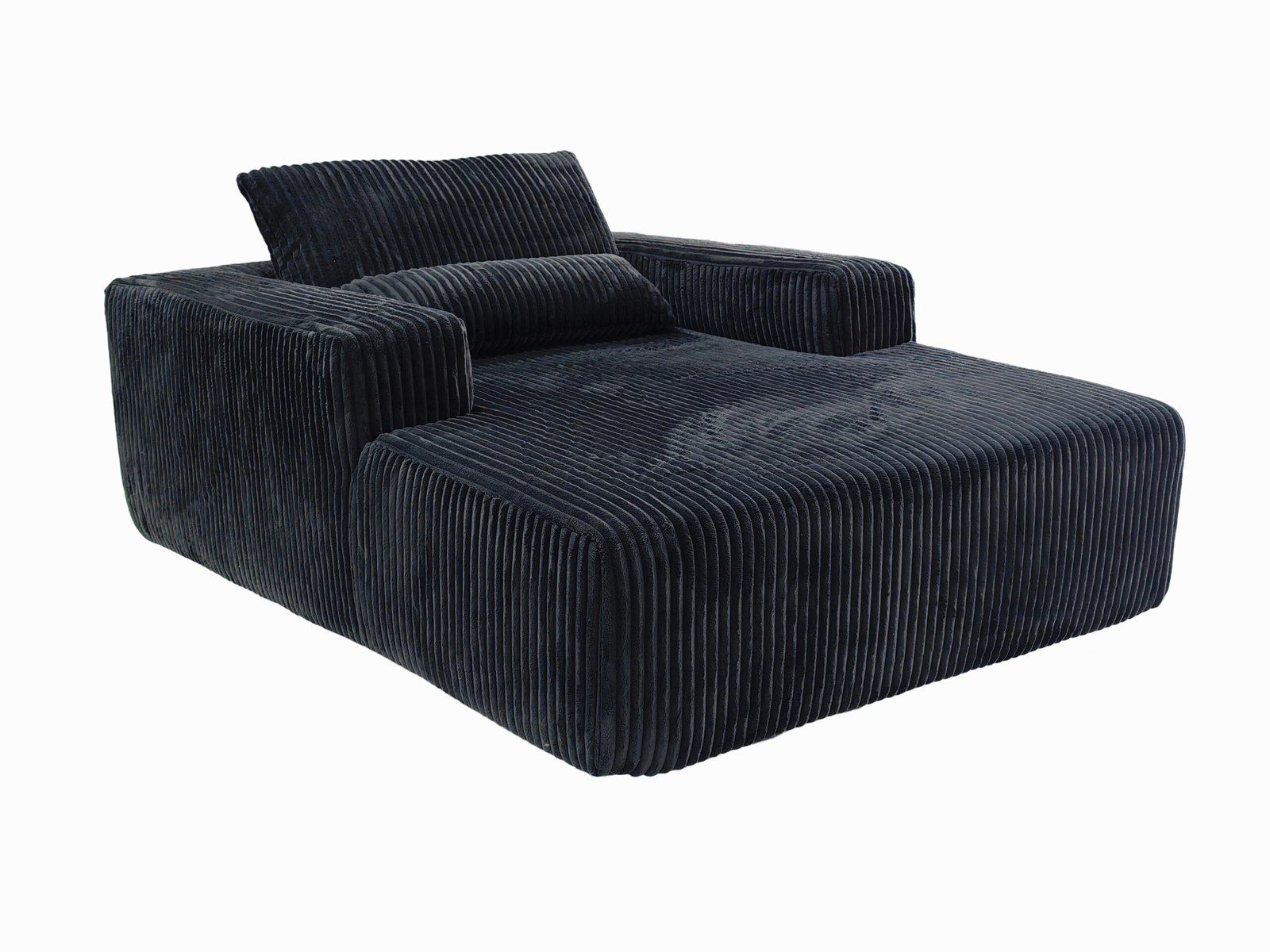
I’ve shipped compression couches to over 20 countries. Want to know the #1 question I get?
Is it safe for my kid?
Most feedback is positive, especially when couches are used under supervision and follow safety guidelines.
Quotes from our clients:
- “My son with ASD uses it daily—never had issues as long as we keep sessions under 45 minutes.”
- “I bought this for my elderly mother recovering from hip surgery. It helped her rest without sinking too deep.”
- “Just make sure the couch is placed near a wall so kids don’t tip it during rough play.”
Experts—especially occupational therapists—support moderate, timed use in sensory rooms and rehab settings.
How can I ensure long-term safety?
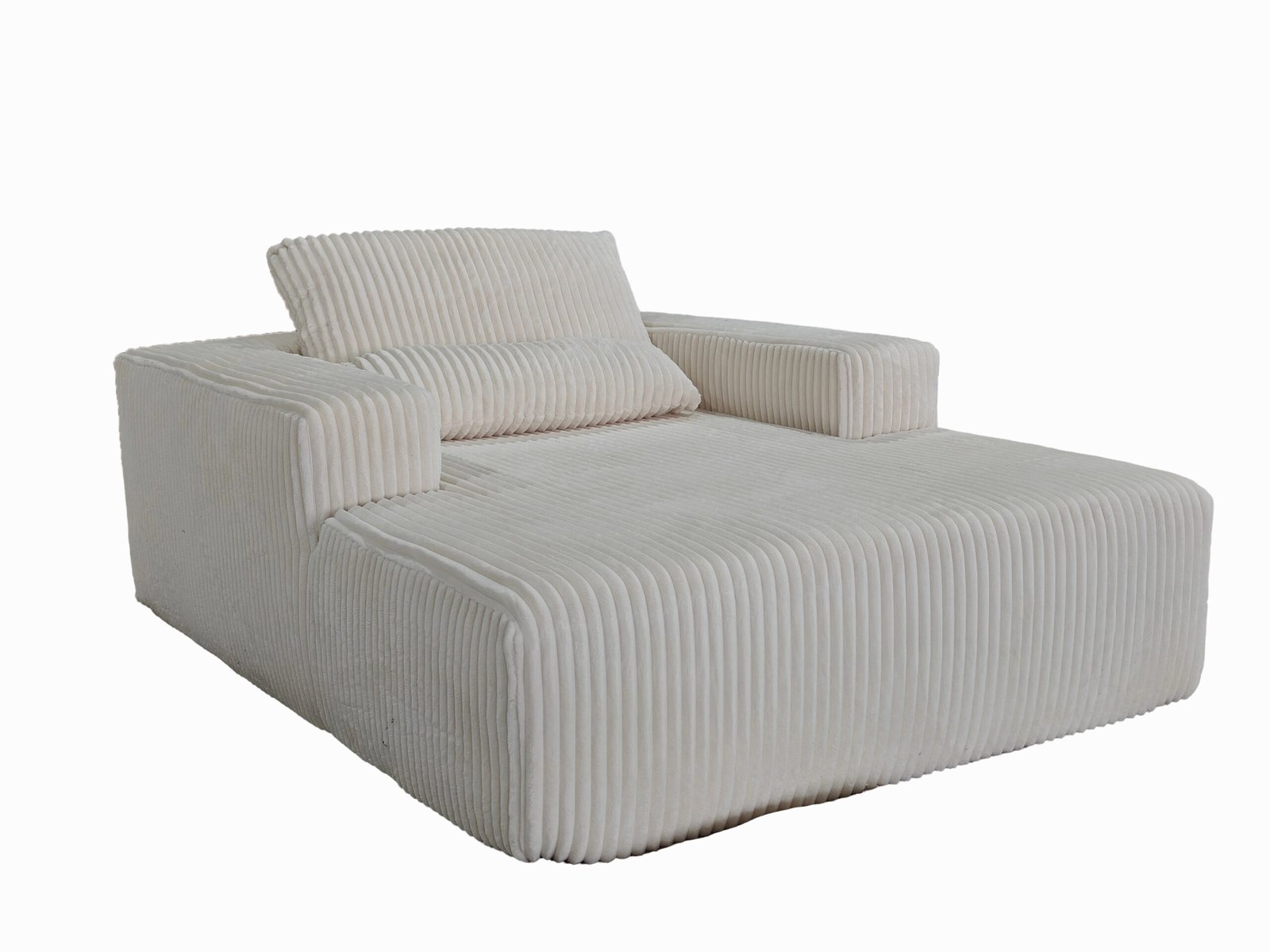
Safe today doesn’t mean safe forever—maintenance matters.
Check foam firmness, clean covers regularly, and re-check seams and zippers every few months.
Maintenance Checklist
| Task | Frequency | Purpose |
|---|---|---|
| Clean fabric covers | Weekly | Prevents buildup and skin issues |
| Check foam bounce | Monthly | Ensures structure hasn’t weakened |
| Inspect seams and edges | Quarterly | Avoids exposure to inner foam |
| Tighten base or frames | As needed | For couches with wood or metal |
If you run a daycare or therapy center, we suggest logging each unit’s usage and cleaning for insurance compliance.
Conclusion
Compression couches are safe when used with proper sizing, certified materials, and regular maintenance. Whether it’s for kids, athletes, or seniors, they offer comfort and calm—with safety built in.